Zrozumienie świata kasyn online z uncrossablerush-slot.com/pl/
W dzisiejszych czasach, kasyna online stają się coraz bardzi
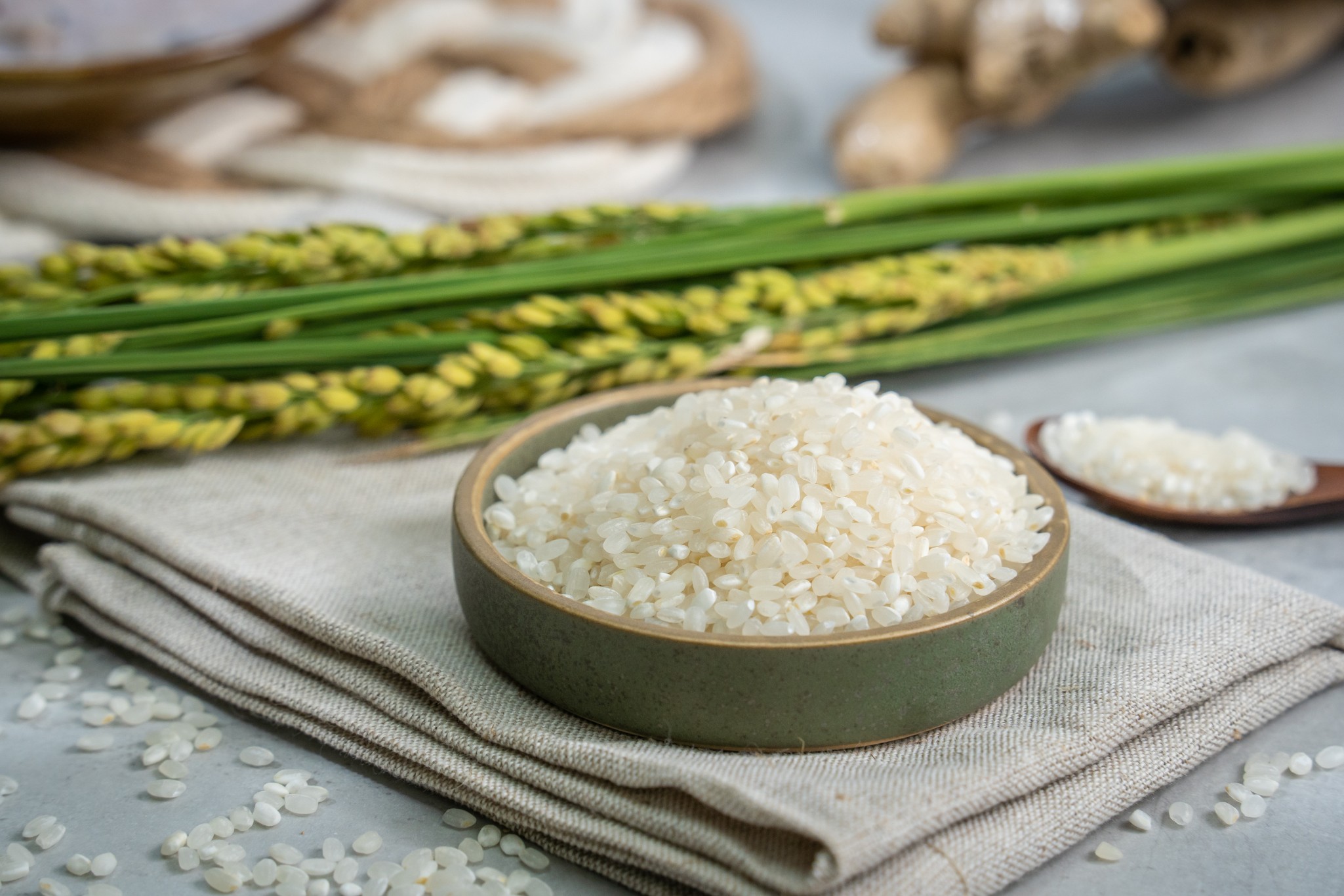
【Rice Agri-Food Education】4 types of rice & factors that determine the taste of rice
內容目錄
Toggle台灣的稻米依特性可以分為四個種類:梗米(蓬萊米)、秈米(在來米)、梗糯(圓糯米)、秈糯(長糯米)。
梗稻屬於日本型品種(japonica),大多栽培在高海拔地區,普遍較耐寒,對水的依賴度也較高;而秈稻屬於印度型(indica),較耐熱也較耐旱。
台灣早年習慣吃秈米,一直到日治時代,日本政府大力推廣梗稻,並經過許多專家學者培育新品種、改良耕種技術的努力,逐漸翻轉了台灣人的口味,讓梗稻變成台灣的主要種植品系,梗米的軟黏、Q彈,取代了原本沒有黏性、口感較硬的秈米,變成台灣人喜愛的口感。
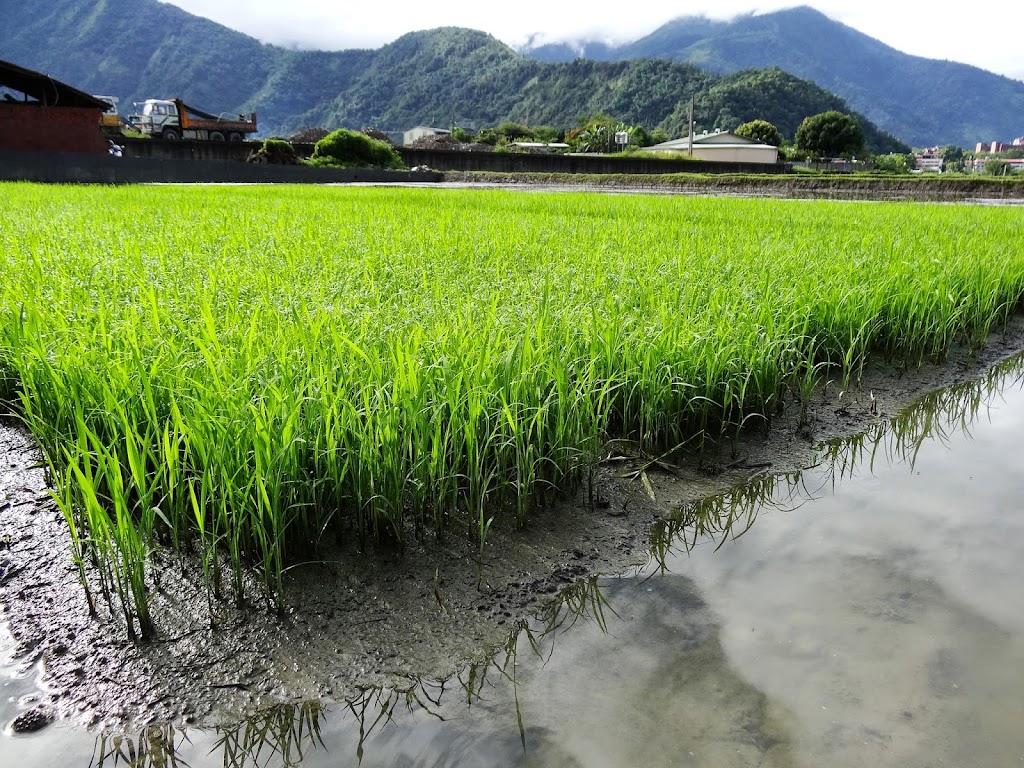
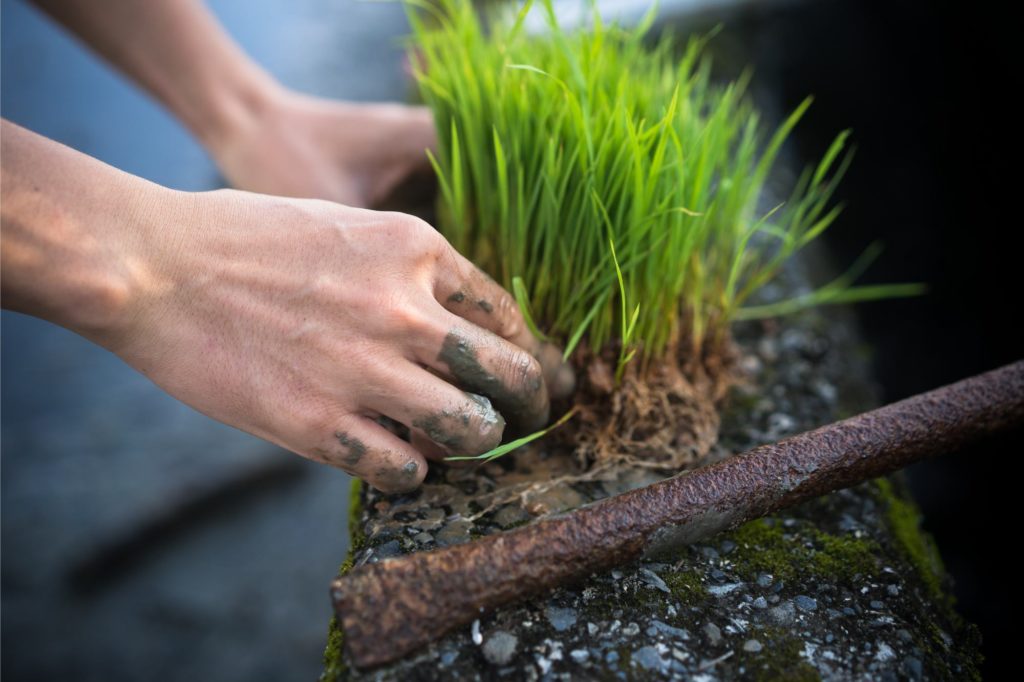
4個種類的米粒外觀、米飯口感與用途如下:
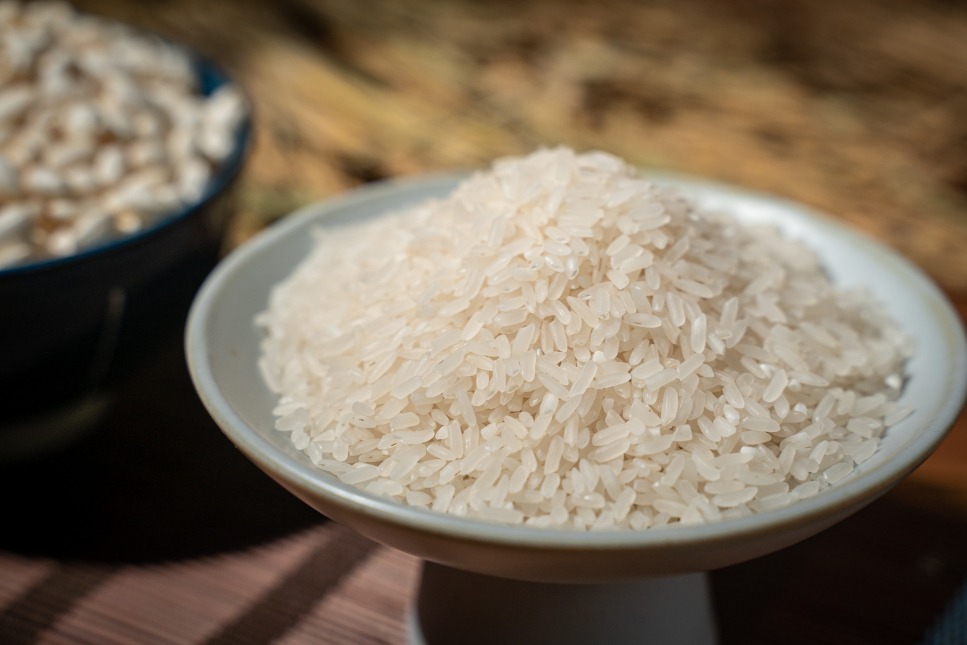
Rice in Taiwan can be divided into four types according to its characteristics: Japonica rice (Penglai rice), Indica rice (Zailai rice), short-grain glutinous rice, and long-grain glutinous rice.
Penglai rice belongs to the Japanese type (japonica), which is mostly cultivated in high-altitude areas, and is generally cold-tolerant and highly dependent on water; while indica is an Indian type (indica), which is more heat and drought tolerant.
Taiwan used to eat indica rice in the early years. Until the Japanese occupation era, the Japanese government vigorously promoted Penglai rice, and through the efforts of many experts and scholars to cultivate new varieties and improve farming techniques, the taste of Taiwanese has gradually changed, and Penglai rice has become the main planting in Taiwan. The line, the soft sticky and chewy of the stem rice, replaced the indica rice that had no stickiness and had a harder taste, and became a favorite taste of Taiwanese.
The appearance of the 4 types of rice grains, the taste of rice and their uses are as follows:
1. Japonica rice (Penglai rice): round, short, transparent, soft and sticky in taste, used for general rice cooking.
2. Indica rice (Zailai rice): It has a slender appearance, high transparency, distinct taste, and the rice grains are dry and loose. It is used for general rice, as well as for making carrot cake, rice noodles, and fried rice.
3. Short-grain glutinous rice: The appearance is round and short, white and opaque, and the taste is very soft and sticky. It can be used for brewing wine and making rice cakes.
4. Long-grain glutinous rice: The appearance is slender, white and opaque, and the taste is very soft and sticky. It can be used to make eight-treasure porridge and rice dumplings.

決定稻米口感的因素有兩個:直鏈澱粉與粗蛋白的含量。
There are two factors that determine the taste of rice: the content of amylose and crude protein.
影響米的黏性,含量越低,米越有黏性。直鏈澱粉的含量取決於品種的基因,而氣候也有影響,平均氣溫高且晝夜溫差小的地方,直鏈澱粉含量較低。
Amylose:
affects the stickiness of rice, the lower the content, the stickier the rice. The content of amylose depends on the genes of the variety, and the climate also has an effect. In places with high average temperature and small temperature difference between day and night, the amylose content is lower.
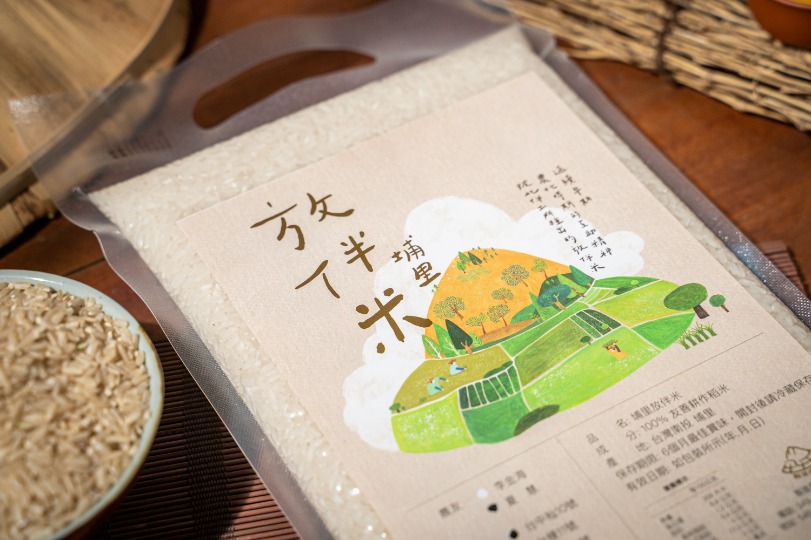
粗蛋白含量影響米的軟硬度,粗蛋白含量越低,米的質地越軟。粗蛋白含量除了由品種基因決定,受到環境影響的程度也較大,如果農人氮肥用的量太多,會增加米的粗蛋白含量,使米的口感變硬,顏色也變得黯淡無光澤。
一般來說,梗米的直鏈蛋白和粗蛋白含量較低,口感比較軟黏;而秈米的直鏈蛋白和粗蛋白含量較高,口感較硬、黏性低。也因為兩者的特性不同,在用途上也不同。
Crude protein:
The content of crude protein affects the firmness of the rice. The lower the content of crude protein, the softer the texture of the rice. The crude protein content is not only determined by the gene of the variety, but also greatly affected by the environment. If farmers use too much nitrogen fertilizer, the crude protein content of the rice will increase, the taste of the rice will become hard, and the color will become dull and dull. .
Generally speaking, the straight-chain protein and crude protein content of stem rice are lower, and the taste is softer and stickier; while the straight-chain protein and crude protein content of indica rice are higher, the taste is harder and the viscosity is lower. Also because of the different characteristics of the two, their uses are also different.

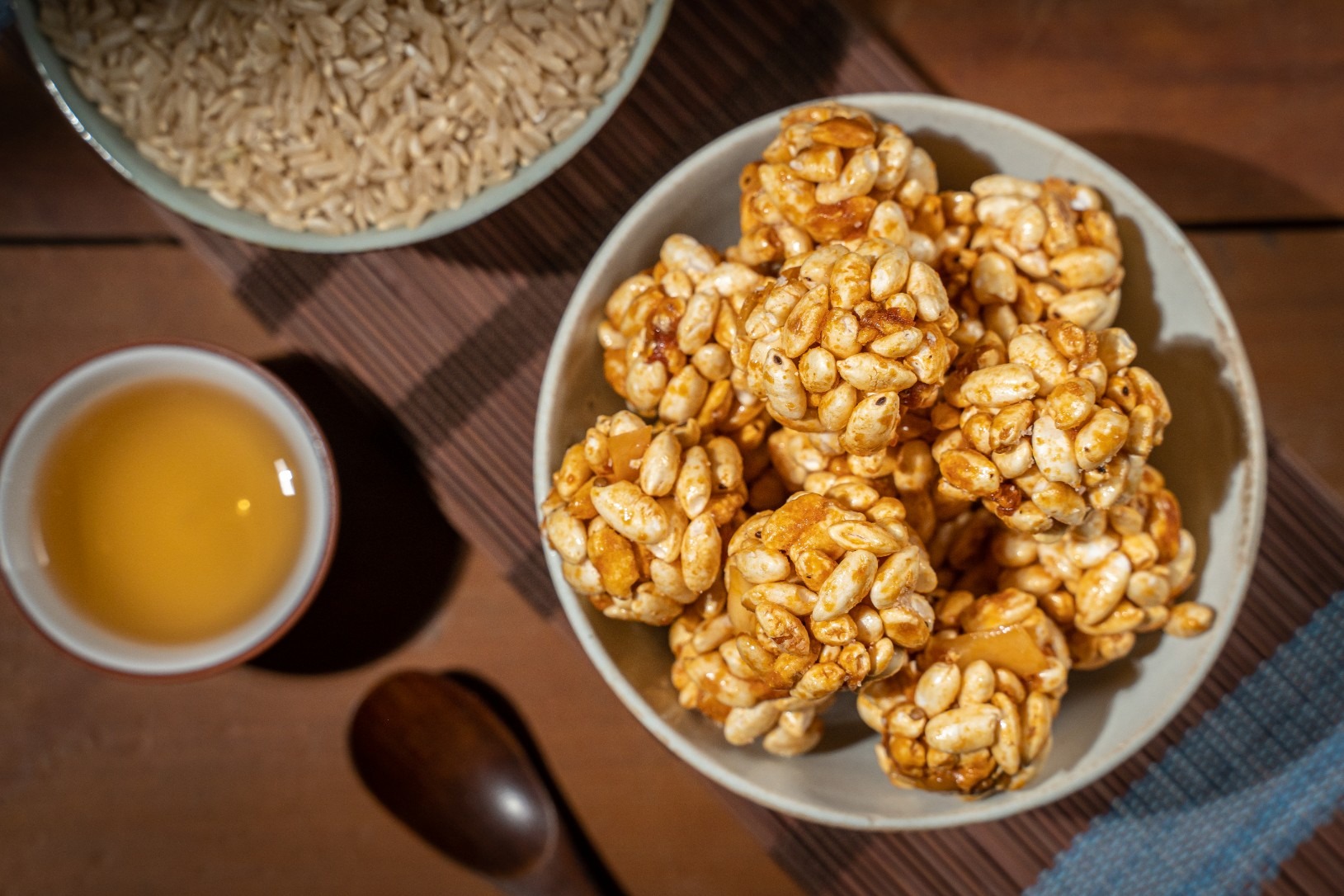
歡迎註明出處並轉載、分享,也歡迎預約雙語米食文化體驗課程喔!
Welcome to indicate the source and share the articles, and also welcome to book a rice culture experience tour with us!
W dzisiejszych czasach, kasyna online stają się coraz bardzi
Stepping into the vibrant world of online casinos can be an
Het maken van de juiste productkeuze kan soms een complexe k